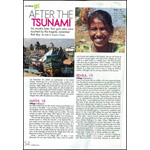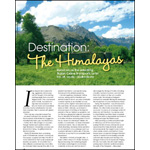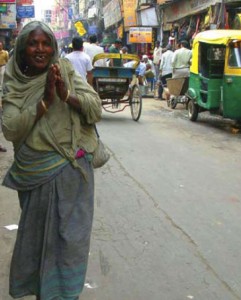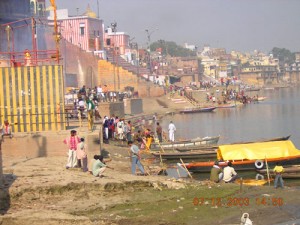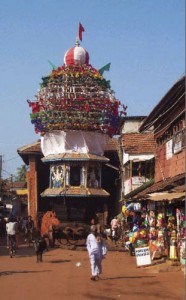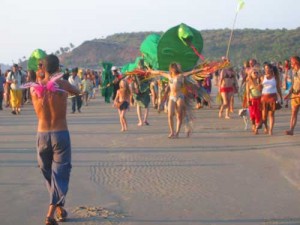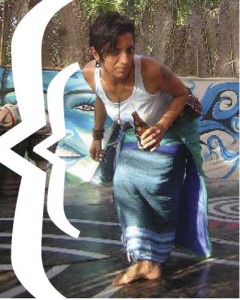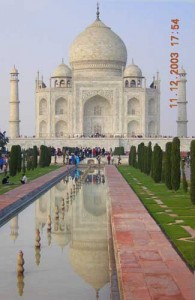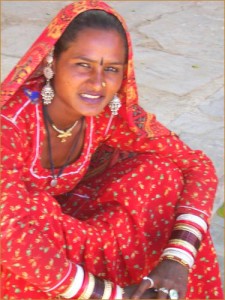True Bollywood Story
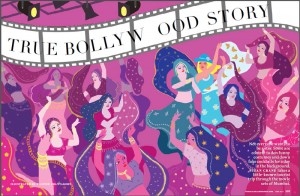 I came to Mumbai to be discovered. Well, sort of. I actually came to India’s most populous city to secure my fifteen seconds of fame as an extra in one of the approximately 1,000 Bollywood extravaganzas—twice Hollywood’s output—that are churned out each year by the prolific fantasy factory. In this three-plus-billiondollar annual industry, Hindi filmmakers regularly seek foreign faces to provide international human wallpaper for scenes ostensibly shot in the likes of London, Dubai or Sydney. And I wanted to be among them. By bizarre happenstance, I’d had a brief flirtation with the fame monster several days earlier in, of all places, Kathmandu when, returning to Thamel district from a hair appointment, I walked smack into the filming of a music video by Nepali actor/comedian Hari Bansha Acharya. Next thing I knew, I was on set alongside four other pale foreigners dancing to a folk-inspired pop concoction lacing the sweet strings of a traditional sarangi with the djimbe’s percussive groove. It was catching. And left me keener than ever to clock additional screen time across the border in India, impending 14-hour workdays for a measly 500-rupee “fee” be damned.
I came to Mumbai to be discovered. Well, sort of. I actually came to India’s most populous city to secure my fifteen seconds of fame as an extra in one of the approximately 1,000 Bollywood extravaganzas—twice Hollywood’s output—that are churned out each year by the prolific fantasy factory. In this three-plus-billiondollar annual industry, Hindi filmmakers regularly seek foreign faces to provide international human wallpaper for scenes ostensibly shot in the likes of London, Dubai or Sydney. And I wanted to be among them. By bizarre happenstance, I’d had a brief flirtation with the fame monster several days earlier in, of all places, Kathmandu when, returning to Thamel district from a hair appointment, I walked smack into the filming of a music video by Nepali actor/comedian Hari Bansha Acharya. Next thing I knew, I was on set alongside four other pale foreigners dancing to a folk-inspired pop concoction lacing the sweet strings of a traditional sarangi with the djimbe’s percussive groove. It was catching. And left me keener than ever to clock additional screen time across the border in India, impending 14-hour workdays for a measly 500-rupee “fee” be damned.

 Read more…
Read more…